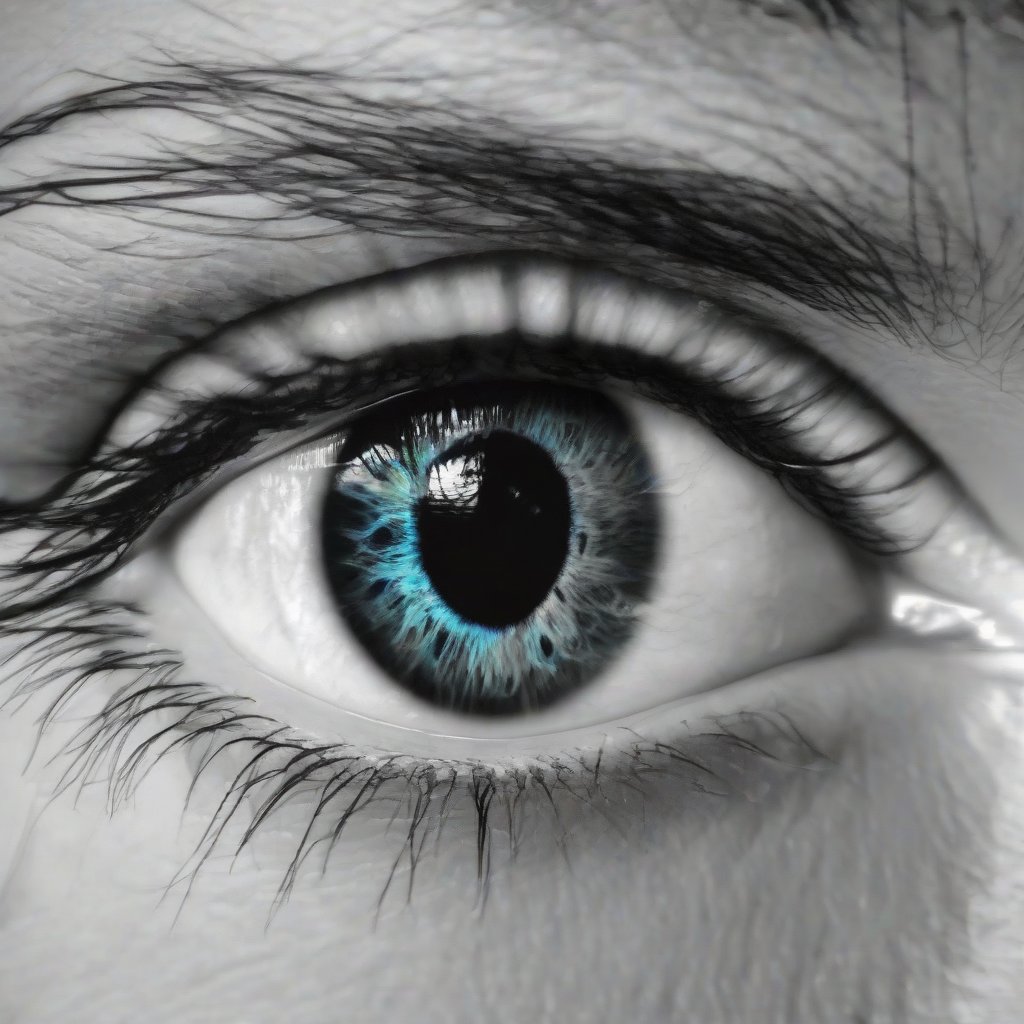Comprehensive Eye Health: Causes, Types, Symptoms, Treatments, Medications, and Prevention

Dr. Craig Smith, MD
4 Min read
While advancements in eye care and treatments have expanded, prevention remains a cornerstone in maintaining optimal eye health. This article aims to provide an in-depth exploration of the causes, types, symptoms, treatments, medications, and crucial preventive measures for preserving and enhancing our vision.
Causes of Eye Health Issues:
- Age-Related Changes: Aging is inevitable, but proactive steps can mitigate its impact on eye health. Regular eye check-ups become increasingly vital with age to detect and manage conditions like cataracts and macular degeneration early on.
- Genetics: Understanding familial predispositions empowers individuals to adopt preventive measures. Regular family eye health discussions can prompt early screenings and interventions, potentially averting hereditary eye conditions.
- Environmental Factors: UV radiation exposure is a preventable risk factor. Wearing sunglasses with UV protection and wide-brimmed hats can shield the eyes from harmful rays, significantly reducing the risk of cataracts and other UV-related conditions.
- Unhealthy Lifestyle: A balanced lifestyle positively influences eye health. Nutrient-rich diets, quitting smoking, and moderate alcohol consumption contribute to overall well-being, reducing the risk of eye conditions linked to poor lifestyle choices.
Types of Eye Health Issues:
- Refractive Errors:
- Prevention: Regular eye examinations facilitate early detection of refractive errors. Adjusting screen brightness, proper lighting, and adhering to the 20-20-20 rule reduce digital eye strain.
- Eye Conditions:
- Prevention: Protective eyewear, especially in hazardous environments, prevents injuries that may lead to eye conditions. Routine eye check-ups aid in identifying and managing conditions like glaucoma before they progress.
- Eye Strain and Fatigue:
- Prevention: Practicing the 20-20-20 rule during prolonged screen use alleviates eye strain. Ergonomic workspace setups and regular breaks further reduce the risk of digital eye strain.
- Floaters and Flashes:
- Prevention: Protecting the eyes from trauma reduces the risk of retinal issues leading to floaters and flashes. Regular comprehensive eye exams can detect vitreous-related problems early on.
- Red or Dry Eyes:
- Prevention: Adequate hydration and the use of artificial tears can prevent or alleviate dry eye symptoms. Adjusting environmental conditions, such as using a humidifier, helps maintain optimal moisture levels.
Symptoms of Eye Health Issues:
- Blurred Vision:
- Prevention: Regular eye exams ensure that refractive errors are promptly corrected. Lifestyle modifications, such as a nutrient-rich diet, contribute to overall eye health.
- Eye Strain and Fatigue:
- Prevention: Implementing proper lighting, adjusting screen settings, and consciously practicing the 20-20-20 rule are effective preventive measures against digital eye strain.
- Floaters and Flashes:
- Prevention: Protecting the eyes from trauma reduces the risk of retinal detachment. Regular eye check-ups help identify and manage conditions leading to floaters and flashes.
- Red or Dry Eyes:
- Prevention: Creating a comfortable environment by adjusting humidity levels and staying hydrated can prevent or alleviate symptoms of dry eyes. Identifying and avoiding allergens is crucial for preventing red eyes.
- Vision Changes:
- Prevention: Comprehensive eye exams, especially as one ages, enable early detection of age-related vision changes. Following a healthy lifestyle reduces the risk of systemic conditions affecting eye health.
Medications for Eye Health:
- Artificial Tears:
- Prevention: Regular use of artificial tears, especially in dry or arid environments, helps maintain adequate eye moisture and prevent dry eye symptoms.
- Anti-Glaucoma Medications:
- Prevention: Routine eye exams, especially for individuals with a family history of glaucoma, aid in early detection. Adherence to prescribed medications can prevent the progression of glaucoma.
- Anti-Inflammatory Medications:
- Prevention: Identifying and managing underlying inflammatory conditions promptly reduces the need for prolonged use of corticosteroids, minimizing potential side effects.
- Antibiotics/Antivirals:
- Prevention: Practicing good hygiene, especially handwashing, reduces the risk of eye infections. Avoiding contact with individuals with contagious eye conditions is crucial in preventing their spread.
- Vitamin Supplements:
- Prevention: A well-balanced diet rich in vitamins and minerals, including omega-3 fatty acids, contributes to overall eye health. Dietary modifications can reduce the risk of age-related macular degeneration.
Conclusion: Proactive prevention is the linchpin of comprehensive eye health. By understanding the causes, types, symptoms, treatments, and medications associated with eye conditions, individuals can adopt preventive measures to safeguard their vision. Regular eye check-ups, lifestyle modifications, and protective measures collectively contribute to a lifetime of clear vision and optimal eye health.